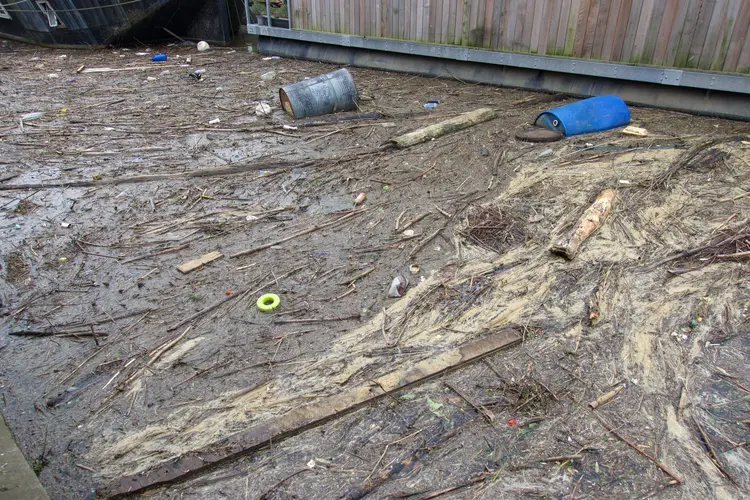
Three water companies are responsible for 81 per cent of serious pollution incidents in England
By
A new report from the Environment Agency has found the number of water company pollution incidents across England rose sharply last year. Across all nine water and sewerage companies in the region, consistently poor performance was reported – with serious pollution incidents in 2024 up 60 per cent from 2023.
Enjoying this article? Check out our related reads:
The Environment Agency (EA) assesses all pollution incidents, with Category 1 (major) and Category 2 (significant) incidents being the most serious. Of the 4,000 inspections carried out last year by the EA, nearly one-quarter of sites were in breach of their permits.
In 2024, 75 Category 1 and 2 incidents were recorded, a significant increase from 47 serious incidents the previous year.
Eighty-one per cent of these incidents were the responsibility of three water companies: Thames Water (33 incidents), Southern Water (15) and Yorkshire Water (13). All pollution incidents – from Category 1 to 3 – have increased by 29 per cent. Last year, water companies recorded 2,801 incidents, up from 2,174 in 2023.
Again, Thames Water was the worst polluter (523 incidents), followed by Anglian Water (482), United Utilities (376), Southern Water (332), Severn Trent Water (300) and Wessex Water (248).
Reasons to explain this sharp rise in 2024 include persistent underinvestment in new infrastructure, poor asset management and reduced resilience due to the impacts of climate change.
‘This report demonstrates continued systemic failure by some companies to meet their environmental targets,’ said Chair of the Environment Agency Alan Lovell. ‘The water industry must act urgently to prevent pollution from occurring and to respond rapidly when it does.’
Regulations that water companies must follow are set out by the EA, including stipulations that there should be a trend to zero serious pollution incidents by 2025, a reduction in all pollution incidents and high levels of water companies’ self-reporting. Clearly, some companies are failing to meet these targets.
Currently, the EA is on track to deliver 10,000 inspections of water company assets next year, and will continue to work closely with government and fellow regulators to hold companies to account so the environment is well-protected.
What companies are the main culprits?
In recent years, many water companies have come under fire for their lack of consideration for the natural environment. United Utilities is one of the worst polluters, with 69,245 sewage dumps over 425,000 hours.
Other major culprits include Anglian Water, with a total of 16,082 sewage dumps over more than 89,000 hours in the same year; Severn Trent with 44,765 sewage dumps in around 249,000 hours, and South West Water’s 37,649 sewage dumps across 290,000 hours.
These sewage dumps have huge implications on surrounding ecosystems, with poor water quality reducing biodiversity and hampering the ocean’s ability to store carbon. For those swimming in rivers, there is a likelihood of contracting harmful illnesses, including viruses and antimicrobial-resistant bacteria.
With such large volumes of sewage polluting our waters, it is no surprise that the UK consistently ranks as one of the worst European countries for coastal water quality. Just 14 per cent of our rivers are given ‘good’ ecological status.




